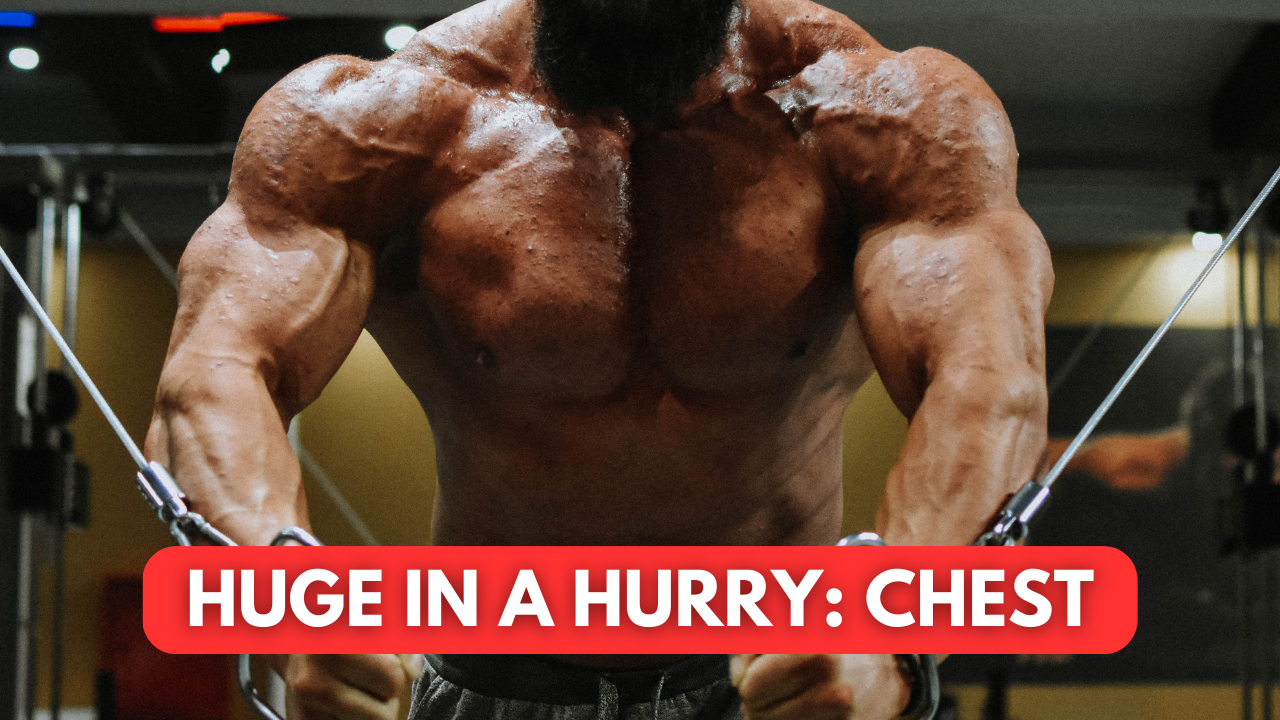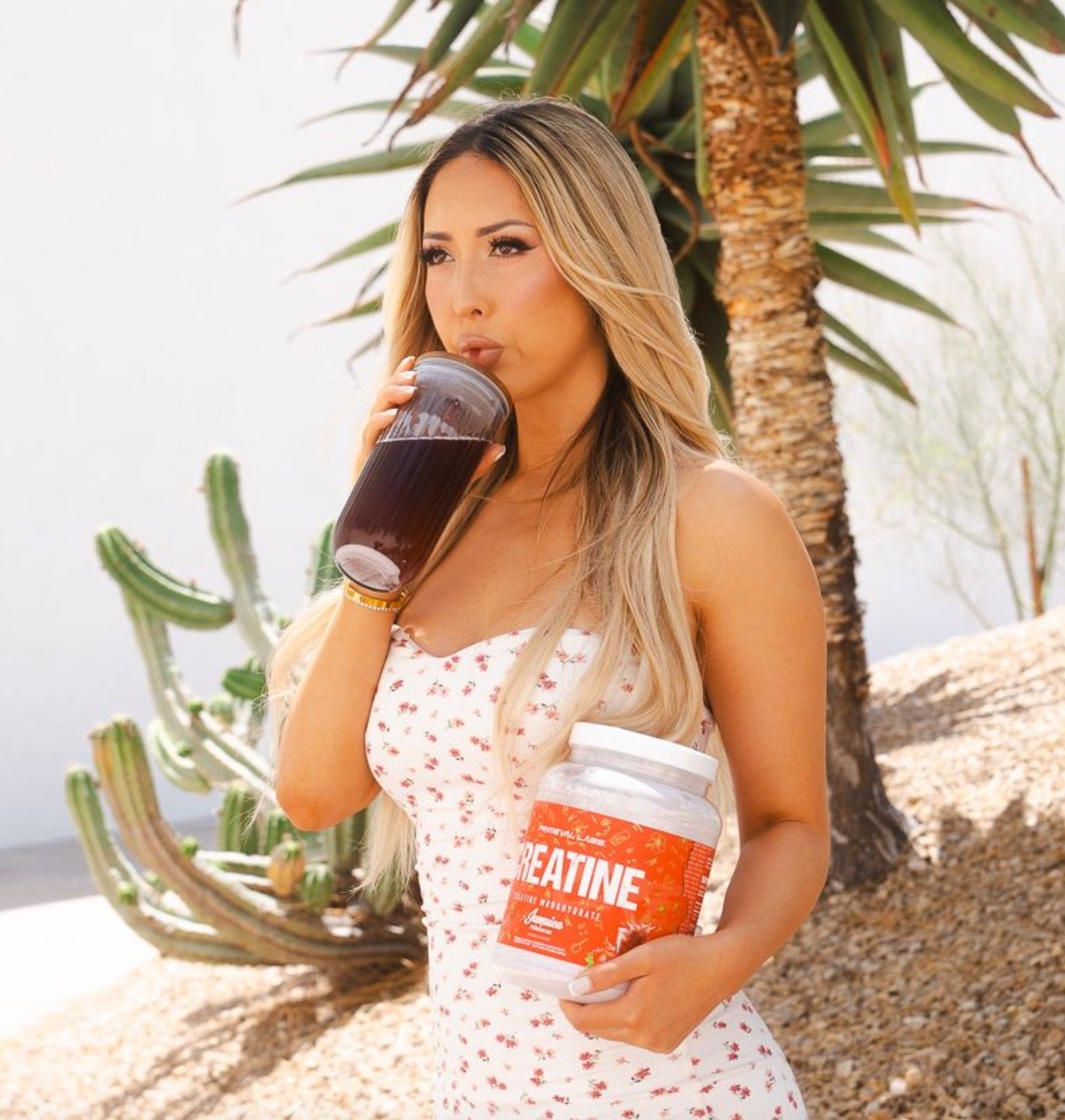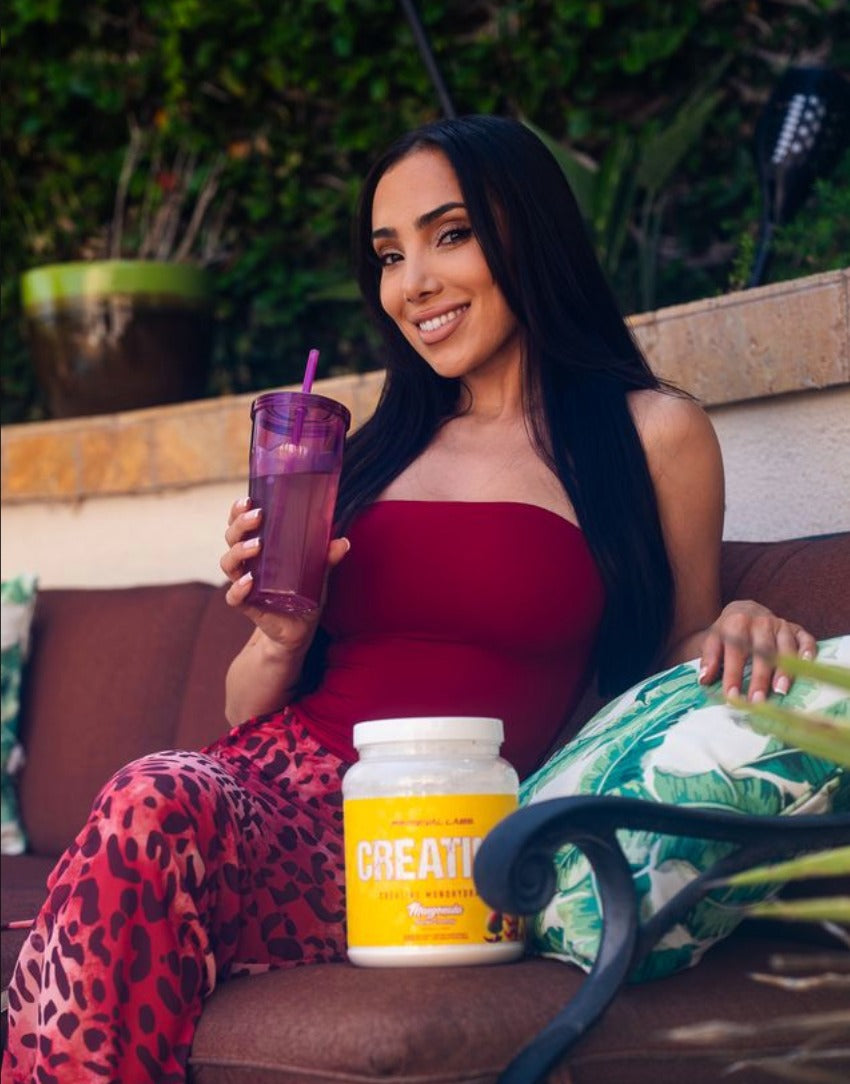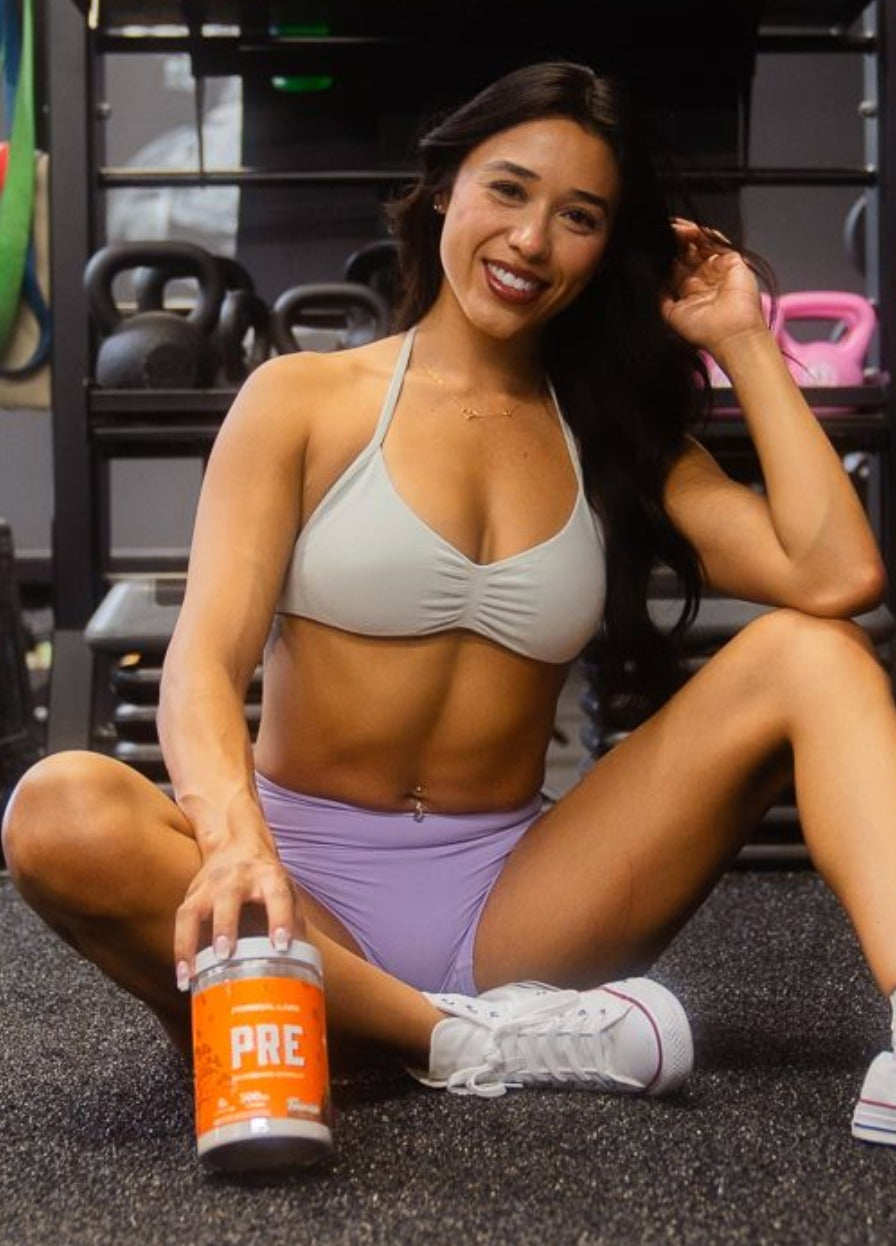There’s a never-ending debate raging around what’s most important for hypertrophy -- volume and intensity?
We’ll end the debate right now...for optimal gains you need both, plain and simple.
You need to perform your working sets with enough intensity to induce sufficient levels of fatigue in the muscle and you have to do enough total sets to achieve the minimum threshold of work your muscles need to do so that they’re forced to grow.
But, what the volume vs intensity debate often fails to address is the most fundamental principle of muscle growth -- progressive overload.
You can perform all the sets you want to, but if you don’t have a method for progressively overloading your workouts, your results in the gym will always be suboptimal. This is why you see so many people year after year “working out” but they never increase their lifts or their physique.
Today, we’re going to give you three simple, foolproof methods for progressive overload that you can implement into your training programs starting right now.
Let’s GO!
Turbocharge Your Workouts with Ape Sh*t Pre Workout!
Progressive overload is a must for building muscle and strength.
Using a high-energy pre workout can help you to push harder during your training sessions and beat back fatigue, allowing you to do more work and make more gains.
Ape Sh*t is a delicious-tasting, high-performance pre workout formulated to increase energy, boost motivation, and amplify performance.
3 Models of Progression for Non-Stop Gains
#1 Total Reps Method
The total reps method is one of the best and easiest to understand methods of tracking progress and accomplishing overload.
Your goal is to perform as many quality reps as possible each set, stopping the set only when your form begins to break down, or you feel that you might fail on the next rep.
Let’s use the chest-supported row as an example and pretend that your program calls for 3 sets with a rep goal of 30 reps.
On set 1 you perform as many quality reps as possible and get 10 reps.
You rest and perform your 2nd working set and get 8 reps.
You rest again and on your third and final set you get 7 reps.
Adding these together gives you 25 reps.
You did not meet your rep goal of 30 reps, but that’s ok.
For your next workout, you will keep the weight the same and strive to increase the total number of quality reps performed.
Once you are able to complete 30 reps across the three sets, add a small amount of weight to (2.5-5 pounds) and again set about trying to meet the rep goal for the exercise.
This simple method of training ensures you are attacking each workout with sufficient intensity and has a built-in model of progression that couldn’t be any simpler -- when you hit the rep goal it’s time to add weight!
The total rep system eliminates the guesswork from training when to add weight, and it boils muscle building down to brass tacks -- no fancy rep schemes, no complicated progression models.
Simply, try to perform as many high quality reps as you possibly can each and every set. When you hit the rep goal, it’s time to add weight.
Nothing could be simpler.
#2 Backfilling
Backfilling is another simple to use progression model for hypertrophy.
Like the total rep system, it takes the guesswork out of when to increase the load and provides consistent, progressive overload (provided you’re pushing hard in your workouts).
Here’s how it works using the bench press as an example:
After your warm ups are complete, your program has it written to perform three sets of bench press.
- So, you perform your first working set and get 10 reps, stopping the set when you feel that you may have failed on the 11th rep.
- You rest 1.5-3 minutes (depending on your recovery) and perform your second set, in which you get 9 reps.
- Rest again and on your third set, you get 8 reps.
Your next workout, you look back at your training log and see that you got 10 reps, 9 reps, and 8 reps.
So, when you go to perform the bench press again, your goal is to get 10 reps on the first set and 9 reps on the second set (even if you can do more). Then, on your final set, you try to add another rep or two.
So, after 2 weeks of training, your bench press reps are 10 / 9 / 9.
Going into your third week of training, your goal is to now add a rep to your second or third set.
Once you’ve reached the same level of reps on all of your working sets, you can either bump up the reps on your first set (for instance aiming for 12 reps instead of 10 and doing the backfilling strategy over again) or increase the weight and use 10 reps as the goal for the first set.
#3 Backloading
Backloading is yet another way to implement progressive overload into your training program.
As with the other two methods, you’ll use the same weight for all working sets.
Here’s how backloading works.
- Pick a rep goal for the exercise. For this example, let’s say it’s ten reps
- On the first set you perform 10 reps
- On the second set you perform 10 reps
- On the third and final set, you perform as many reps as possible.
- When you hit 2 more reps than your rep goal (which would be 12 reps in this example), you add a small amount of weight (2.5-5 lbs)
If you don’t hit your rep goal on the first two sets, then you selected too heavy of a weight. Drop the weight for the next workout and start over.
Takeaway
Progressive overload is absolutely essential if your goal is to build muscle and strength. Here are three easy-to-follow methods for progression that fool-proof your training programs and eliminate the guesswork, helping you to continue to make gains all year long.
The best part is, these protocols can be used with any exercise and incorporated into any training program.
Now, we’ve given you the tools to make the gains, it’s your turn to go and get them!














Leave a comment
This site is protected by hCaptcha and the hCaptcha Privacy Policy and Terms of Service apply.